The Scottish town that never was
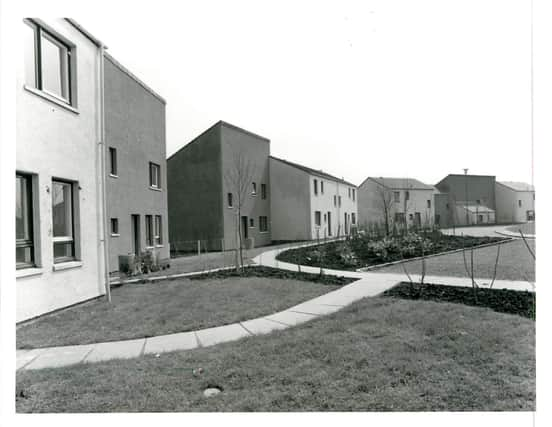

But after just two days of the first residents taking the keys to their new homes in Stonehouse in South Lanarkshire in May 1976, the plans for Scotland’s sixth New Town were abandoned.
Stonehouse, a village of weavers and miners through time, was set to be transformed into the latest New Town to handle the Glasgow overspill with plans for 22,000 new homes in new ‘villages’ and an initial intake of 35,000 people.
Advertisement
Hide AdAdvertisement
Hide AdAs part of the vision, 30,000 new jobs would be created in four employment parks.
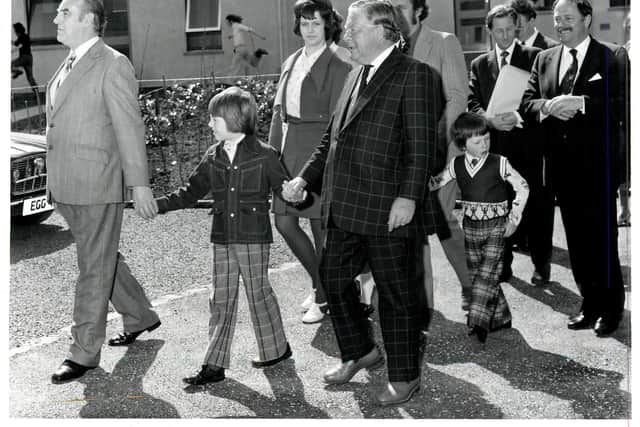

But as soon as the first homes were filled with new residents, the writing was on the wall for the project.
In May 1976, after £4,000,000 had been spent, Bruce Millan, Secretary of State, announced in Parliament that the further development of Stonehouse would no longer proceed.
The new schools never happened, nor the swimming pools, sports centre and the parkland that was to bring health and happiness to this corner of the Central Belt.
The planned factories, which were out to tender at the time the announcement was made, never opened and the trains due to make a comeback to the village never ran.
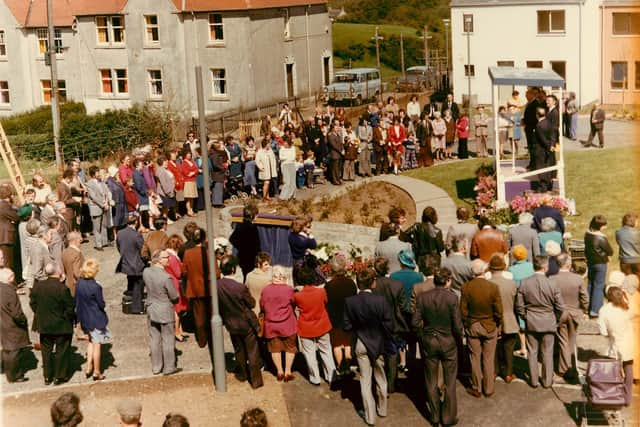

All that materialised were 96 new home on Murray Drive, to which the doors opened in great ceremony in the same week it was announced the scheme was to be scrapped.
“It was a shock,” recalled James Monie, 75, of Stonehouse. “There had been a lot of upheaval, farmers lost their land and were forced to move to make way for the new housing – and then.. nothing.”
The new Stonehouse was scrapped after Glasgow started to go cold on its policy to build New Towns in surrounding local authority areas.
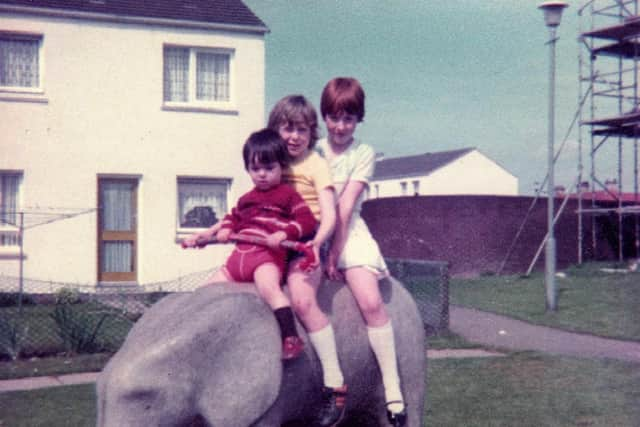

Advertisement
Hide AdAdvertisement
Hide AdIn the mid 1940s, the city said it needed to shed around a quarter of its 1 million-strong population in a bid to improve housing stock and the wellbeing of its people.
East Kilbride and Cumbernauld were built first to ease congestion and then Livingston in the late 1960s. Thirty thousands homes were added to Erskine in a bid to keep up with the expected demand.
It hoped that 6,000 families per annum would leave Glasgow under official overspill schemes. Only two thirds of the target was met as the new houses were just not being built quickly enough to cope with the target.
Further sites were required and Ted Heath, on his first visit to Scotland after becoming Prime Minister, announced that Stonehouse would become the latest New Town.
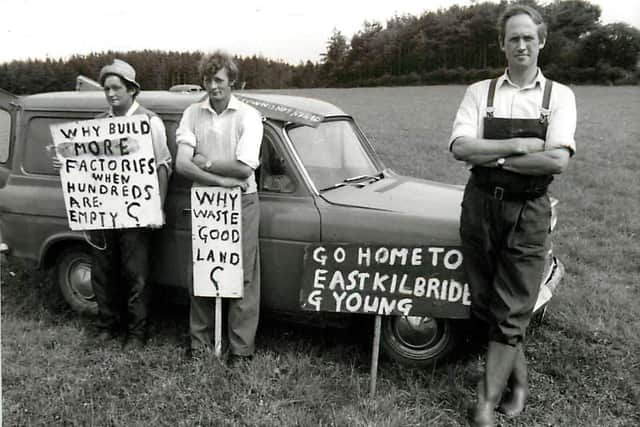

But around the same time a report found that Glasgow’s population was rapidly declining all on its own with 58,000 people leaving between 1970 and 1973, leaving the number of residents at 850,000.
Most of this shift was caused either by Glaswegians buying houses in towns beyond the city limits or relocating away from the area altogether to find work.
The New Town policy came under sharp focus, given the city was well on its way to reaching its optimum size. There were concerns too that it was the younger generation that were upping and leaving, those that Glasgow could least afford to lost.
Glasgow was also shifting towards renovating the homes it already had instead of demolishing and rebuilding properties to standards that would require new houses to be created at far lower densities.
Advertisement
Hide AdAdvertisement
Hide AdIt was agreed that the New Towns already in place would cope with further population shifts and Stonehouse was no longer required.
The scheme had come under some resistance from locals who were anxious of such wholesale change to their community of just a few thousands people.
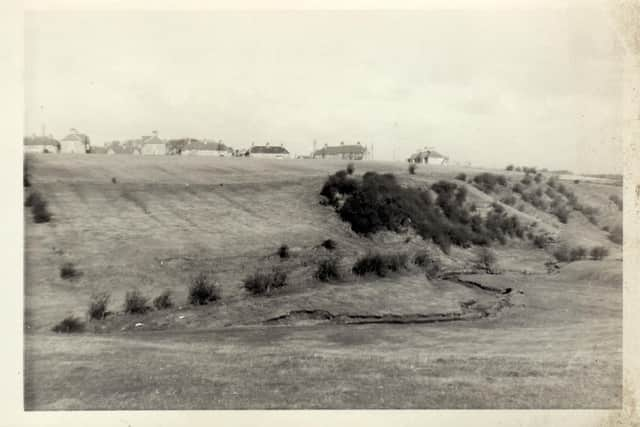

The overwhelming majority of resistance came from the local farming community, with signs such as “Go Back to East Kilbride” emerging.
Mr Monie , of Stonehouse Historical Society, said: “A lot of these farmers had local support. People had built up farms for generations and they were forced to move out and find somewhere else to live and work.”
The farmers, in time, were to get their land back after the Stonehouse scheme failed. In 1977, work began to dispose of the assets that underpinned the project. Land was sold back to the former owners or sold on the open market, ground leases were sold to tenants and the shell of the new industrial estate at Canderside was sold to the Scottish Development Agency, according to the heritage society.
Mr Monie said he was amongst those against the New Town in the beginning – but added that he thinks differently of now.
He said: “Stonehouse is a lovely wee place but it is largely forgotten about. There is nothing here, no facilities, we don’t even have a proper Stonehouse sign. Without a doubt we would have been better off as a New Town. We would have had a swimming pool, a sport s centre. As the years go by, you just wish it had gone ahead.”
A message from the Editor:Thank you for reading this story on our website. While I have your attention, I also have an important request to make of you.With the coronavirus lockdown having a major impact on many of our advertisers - and consequently the revenue we receive - we are more reliant than ever on you taking out a digital subscription.Subscribe to scotsman.com and enjoy unlimited access to Scottish news and information online and on our app. With a digital subscription, you can read more than 5 articles, see fewer ads, enjoy faster load times, and get access to exclusive newsletters and content. Visit https://www.scotsman.com/subscriptions now to sign up.
Advertisement
Hide AdAdvertisement
Hide AdOur journalism costs money and we rely on advertising, print and digital revenues to help to support them. By supporting us, we are able to support you in providing trusted, fact-checked content for this website.
Joy Yates
Editorial Director